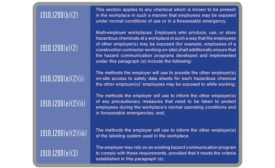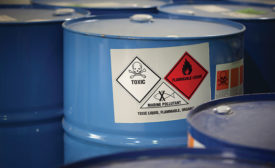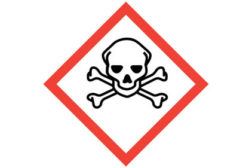Home » Keywords: » hazardous materials regulations
Items Tagged with 'hazardous materials regulations'
ARTICLES
Report from Europe
Move to ID endocrine disruptors blocked by EU officials, industry lobbyists
June 10, 2015
2014 CUPA conference: What you need to know
Key takeaways for hazardous waste generators
April 8, 2014
Become a Leader in Safety Culture
Build your knowledge with ISHN, covering key safety, health and industrial hygiene news, products, and trends.
JOIN TODAYCopyright ©2024. All Rights Reserved BNP Media.
Design, CMS, Hosting & Web Development :: ePublishing





